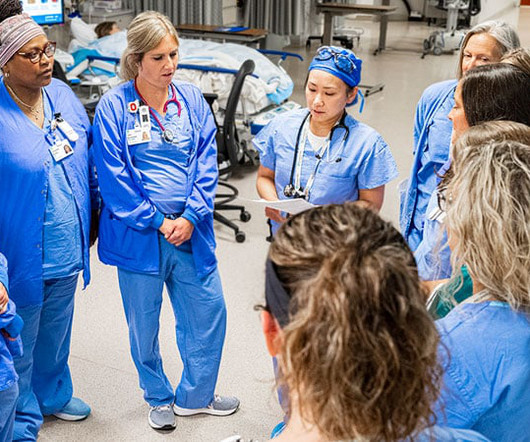Leading Powerfully to Effect Positive Change: The Transformational Power of Nurses in Challenging Times
American Nurse
JUNE 12, 2025
Etienne, DNP, APRN, FNP, PNP, D. It involves recognizing and respecting cultural differences in communication, beliefs, and health practices, thereby promoting equity and inclusion (Campinha-Bacote, 2011). The essentials:Core competencies for professional nursing education. [link] Campinha-Bacote, J.












Let's personalize your content